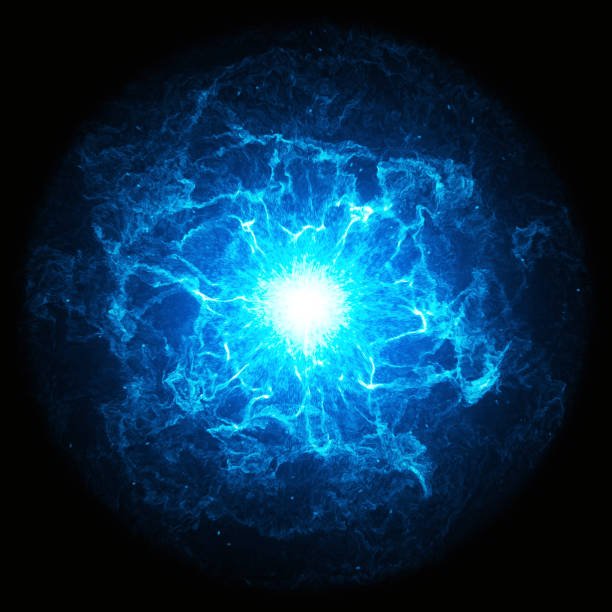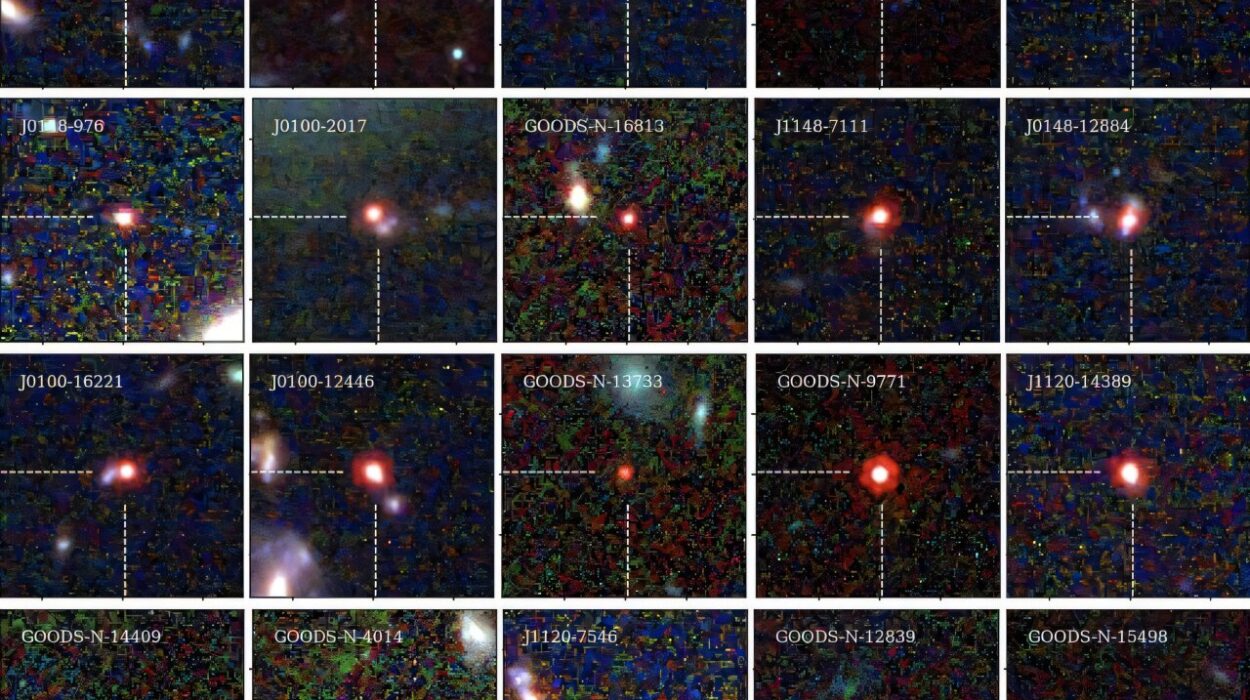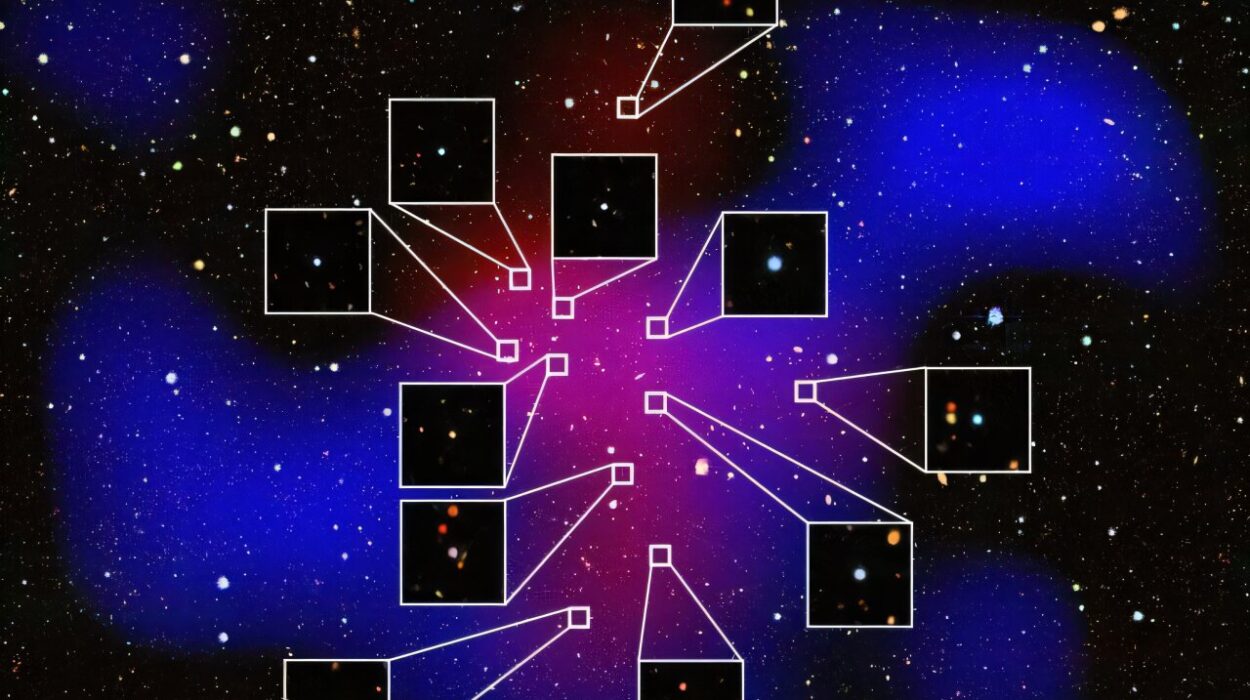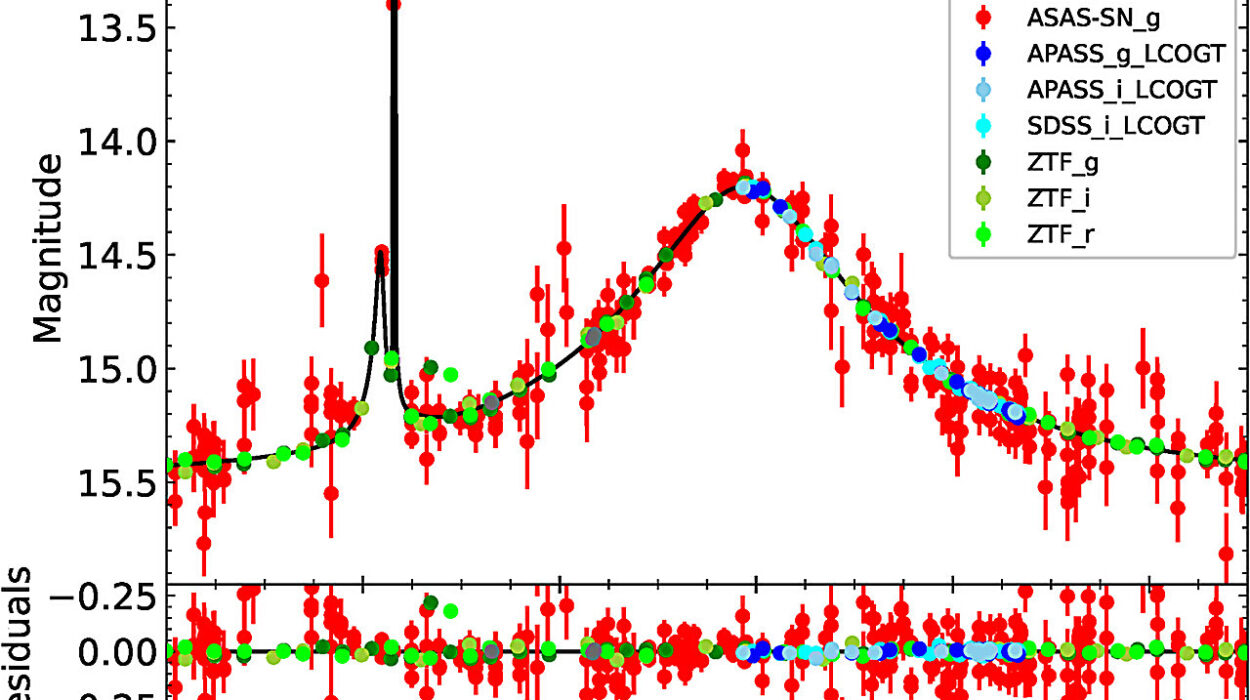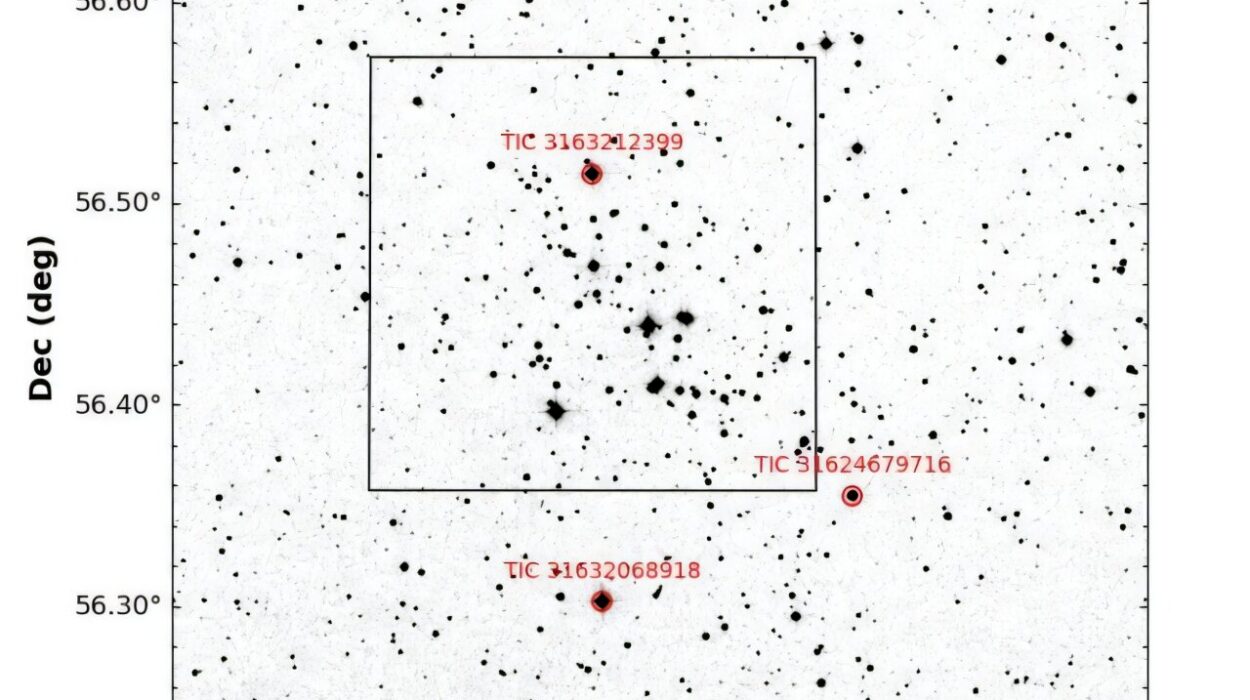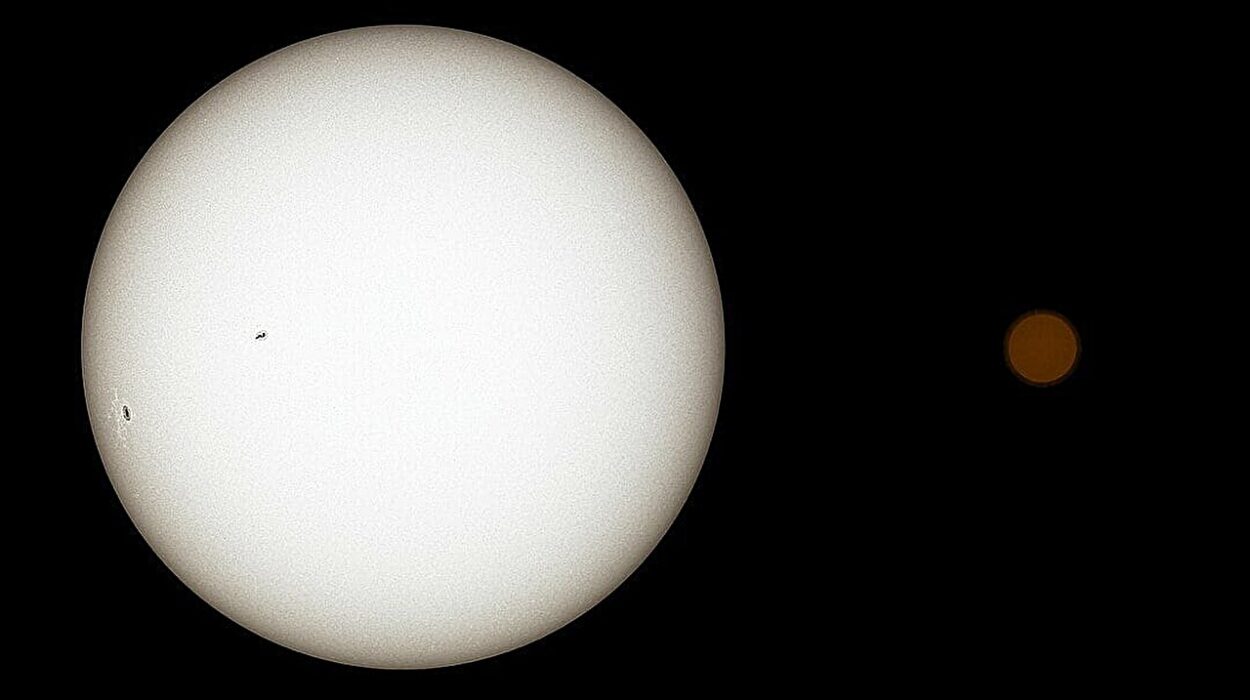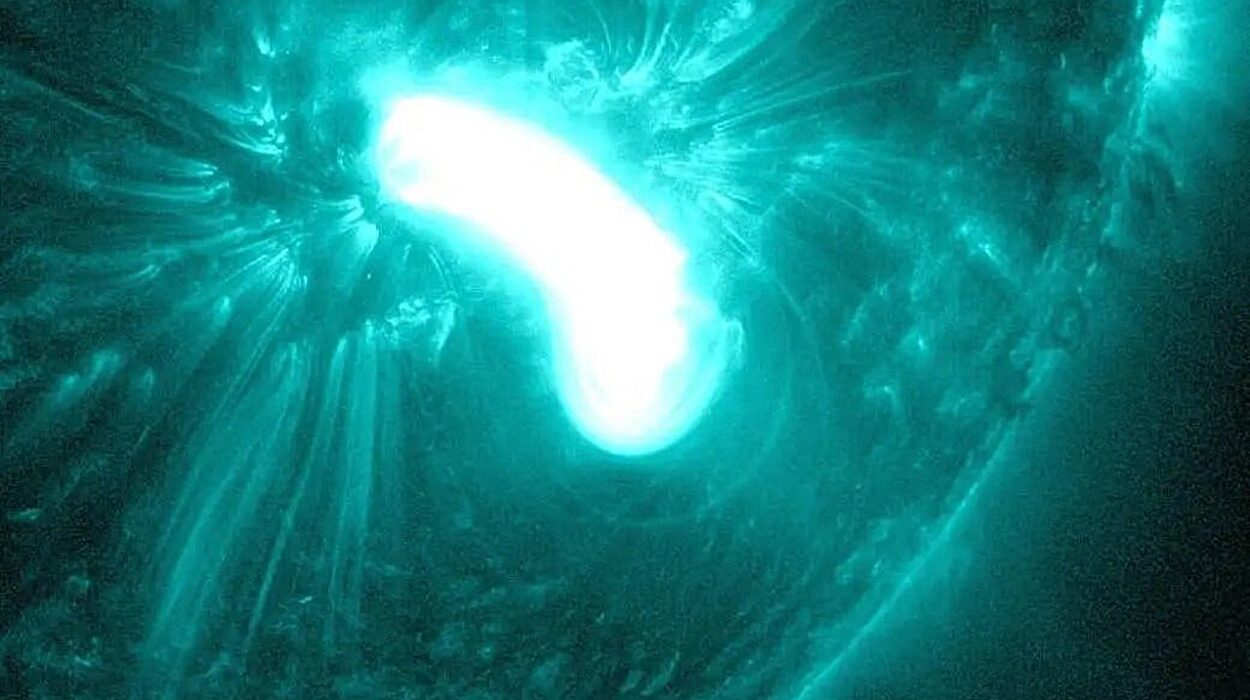For as long as humans have looked up at the stars, we’ve wondered how it all ends. Will the universe drift forever into cold darkness, its galaxies receding until they vanish from sight? Or will everything come crashing back together in a spectacular finale?
Now, a new study offers an answer—and it’s startlingly precise.
Physicists from Cornell University, Shanghai Jiao Tong University, and several other institutions have unveiled a model that predicts our universe will ultimately collapse in a cataclysmic “Big Crunch.” And if their math holds up, the clock is already ticking: the final act could arrive in about 33.3 billion years.
Considering that our universe is 13.8 billion years old, that leaves us roughly another 20 billion years before the cosmic curtain falls.
From Endless Expansion to Cosmic Collapse
The idea that the universe might collapse on itself flies in the face of what most cosmologists believed for decades. Since the late 1990s, observations have shown that the universe’s expansion is speeding up, propelled by the mysterious force known as dark energy. The prevailing wisdom has been that space would continue stretching indefinitely, leaving galaxies drifting apart until the stars go out one by one, plunging everything into eternal darkness.
But what if that’s not the whole story?
Drawing on data from powerful astronomical surveys—like the Dark Energy Survey and the Dark Energy Spectroscopic Instrument—the research team built a cosmic model that challenges the notion of endless expansion. Instead, it suggests a more dramatic fate.
In this new vision, the universe’s expansion will slow over the next seven billion years, reaching a peak about 69% larger than it is today. Then, like a cosmic tide turning, the expansion will halt and reverse. The universe will begin shrinking, galaxies creeping closer together, matter drawn inward by gravity and a force more enigmatic still.
Ultimately, this process will accelerate into a rapid implosion, collapsing everything—galaxies, stars, atoms—back into a single, unfathomably dense point. The Big Crunch.
The Secret Lies in Dark Energy’s True Nature
So what could trigger such an astonishing reversal?
The key, the scientists say, lies in dark energy. For years, physicists treated dark energy as a cosmological constant—a fixed, uniform force pushing space apart at a steady rate. But recent evidence hints that dark energy might not be constant at all. It could be dynamic, evolving over time, driven by new physics we’re only beginning to grasp.
In their model, the researchers propose that dark energy arises from an ultra-light particle known as an axion, combined with a negative cosmological constant. This negative constant acts a bit like a cosmic rubber band: it stretches as the universe expands, but eventually its pull becomes stronger than the expansion itself.
“It’s like stretching a rubber band,” explained one of the study’s co-authors. “At first, it stretches easily. But the more you stretch it, the more it wants to snap back.”
That cosmic snap-back, they argue, would lead to the Big Crunch.
A Universe on Borrowed Time—But Don’t Panic Yet
It’s a vision as dramatic as any science fiction writer could invent. Yet for all its apocalyptic flair, this Big Crunch scenario remains far from certain.
The researchers readily admit that their model comes with significant uncertainties. Observational data on dark energy is still sparse, leaving plenty of room for alternate possibilities—including eternal expansion. The negative cosmological constant that powers the Big Crunch in their calculations remains speculative.
But here’s where the science becomes truly exciting: this is no idle guesswork. The coming years will see an explosion of new astronomical data from cutting-edge projects like the Vera Rubin Observatory’s Legacy Survey of Space and Time, the European Space Agency’s Euclid mission, and NASA’s Nancy Grace Roman Space Telescope.
These projects will map the universe’s expansion with unprecedented precision, offering fresh clues about dark energy’s true character. Within the next couple of decades, we may know whether our cosmos is destined for infinite growth—or an eventual, spectacular collapse.
Perspective from the Cosmic Calendar
Even if the Big Crunch awaits us, there’s no immediate cause for panic. Twenty billion years is a timespan so vast that it dwarfs human history, biology, and civilization itself. For perspective, complex life on Earth has existed for only about 600 million years. In 20 billion years, our Sun will have died, likely consuming Earth in its final fiery expansion. The Milky Way and Andromeda galaxies will have long since collided and merged into a giant cosmic city of stars.
By the time any cosmic contraction begins, humanity—as we know it—may be gone, evolved into something new, or scattered among the stars.
Still, the new findings are a profound leap in our understanding. For the first time, scientists have crafted a specific, testable prediction about how—and when—the universe might end. It’s a breathtaking reminder of how far human curiosity and scientific ingenuity can reach.
The Ultimate Cosmic Story
The idea that the universe might someday collapse into a single point isn’t just a scientific curiosity. It touches something deeper—a human hunger to know our place in the cosmos and how our story fits into the grand narrative of existence.
It’s staggering to think that the same universe that gave birth to stars, planets, and life might eventually fold back in on itself, as if inhaling its own breath. But it’s equally awe-inspiring that a species on a small, pale-blue dot can piece together clues from distant galaxies to glimpse the possible future of all things.
Whether our cosmos expands forever or collapses in fire, one truth remains: our desire to understand the universe may be the most powerful force of all.
Reference: Hoang Nhan Luu et al, The Lifespan of our Universe, arXiv (2025). DOI: 10.48550/arxiv.2506.24011
